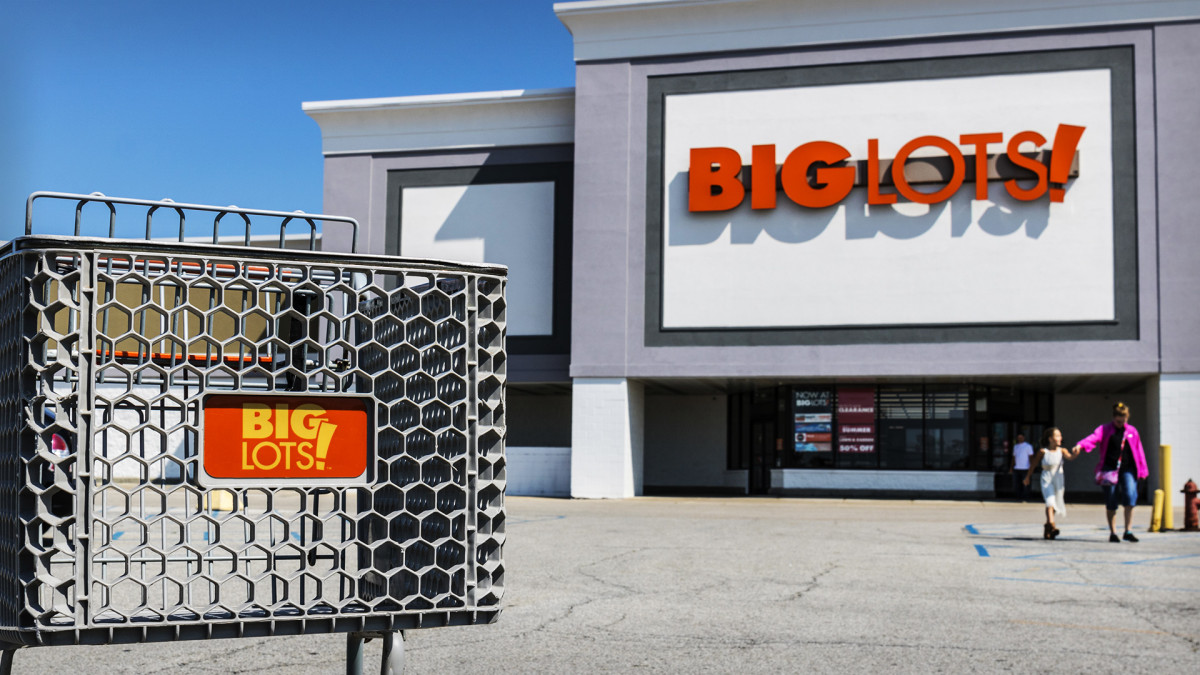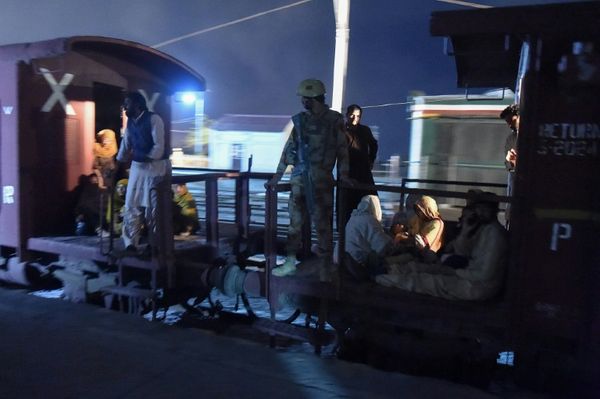
In rough economic times, discount retailers usually benefit. That has not uniformly been the case during the current period of economic struggles as some retailers that use a discount model have struggled.
You can't blame inflation for the death of discounters/treasure hunt chains Tuesday Morning and Christmas Tree Shops, but overall economic conditions did not help either company. Both had a loyal clientele, but neither sold much in the way of essential merchandise.
Related: Another popular retailer shutting dozens of stores
Yes, it was fun to visit Tuesday Morning and Christmas Tree Shops, but if customers were worried about covering their housing expenses and putting food on the table, it's not that relevant that a discount chain had a sweater or some leggings at a really good price.
Consumers, especially lower-income consumers, have pulled back in certain areas of spending. Costco (COST) -) and Target (TGT) -) executives have both talked about weakness in big-ticket items, and many retailers have noted that discretionary spending has slowed.
That's not great news for retail chains that don't have the hedge of selling staples including groceries. Target, (WMT) -), or Costco may sell fewer TVs and electronics, even less clothing, but they're well-positioned to offer the items people truly need at attractive prices.
Another discount retailer, Big Lots (BIG) -), has fallen victim to many of the same problems that led Tuesday Morning and Christmas Tree Shops to fail. The company is taking steps to address those problems, but data from Credit Risk Monitor shows the company faces a meaningful risk of bankruptcy.

Image source: Shutterstock
Big Lots has a struggling customer base
Big Lots has a FRISK score of 2, according to Credit Risk Monitor. That gives it between a between 4%-and-9.99% chance of having to file for bankruptcy. The company, however, has been taking aggressive steps to fight for its survival.
CEO Bruce Thorn explained why his chain, which had a loss of $94.4 million, or $3.24 a share, while same-store sales dropped by 15.4%, continues to struggle during its second-quarter earnings call.
"For the past year and a half, we've been playing defense as the consumer environment quickly and sharply deteriorated," he said. "High inflation has disproportionately impacted our lower-income customers, who have delayed or pulled back spending on discretionary items, particularly in high ticket home and seasonal categories, which were already challenged by the post-COVID spend shift away from home categories."
Thorn shared that he expected that the chain's customer base to start to see some economic recovery, he said he expected the situation to remain challenging. Big Lots, however, has planned for this and has taken steps to remain solvent.
Big Lots tries to fix its balance sheet
The chain recently comepleted a deal where it sold some of its property and leased the locations back. That produced a one-time cash infusion of $200 million.
"Combined with our efforts to aggressively manage costs, inventory, and capital expenditures, we are prepared and positioned to navigate through the current economic challenges," Thorn said. "On the cost reduction and productivity front, we are well on track to achieve our structural SG&A savings goal of over $100 million in 2023."
Big Lots also believes that through working with an outside firm, which it has been doing for the past few months, that it has"a clear path to over $200 million of additional bottom-line opportunities across gross margin and SG&A."
CFO Jonathan Ramsden took an optimistic take on the company's cash balances.
"Turning to liquidity, we are very comfortable with our position coming into second-half of the year. We operated through Q2 without any increase in net debt. In addition, we are pleased that our liquidity position has been further strengthened through our sale leaseback transaction," he said.
The challenge for any retailer that starts appearing on potential bankruptcy lists, is that vendors may demand tighter terms, or even payment upfront. When that happens, cash can disappear quickly and actually push a company into a worse financial position, even a Chapter 11.
The $94 million loss came after excluding $155.4 million, or $5.36, in restructuring costs related to getting rid of leases, closing facilities and the like, the company said.







